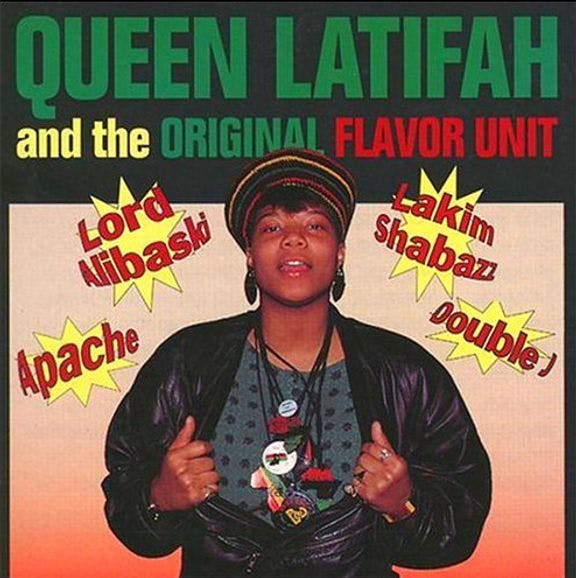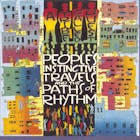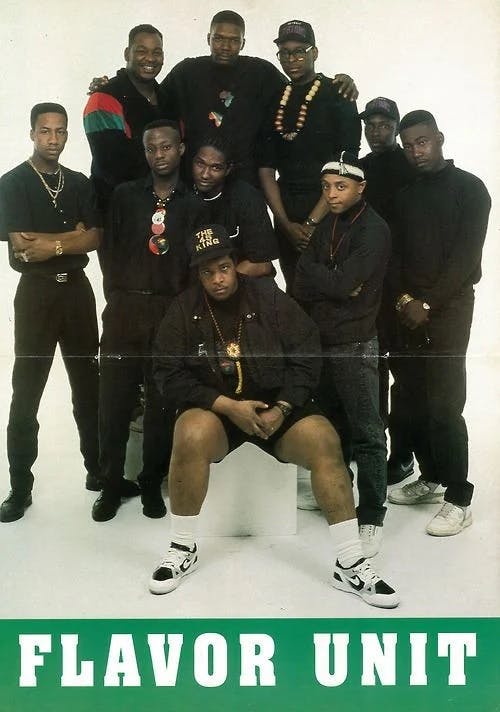Classic Albums: 'All Hail The Queen' by Queen Latifah
Classic Albums: 'All Hail The Queen' by Queen Latifah
Published Wed, January 19, 2022 at 12:00 AM EST
In the late 1980s, there was a surge of women making major noise in rap music. Salt-N-Pepa's 1987 debut album had gone platinum. Brash Brooklynite MC Lyte had become the first solo female rapper to drop an album in 1988. And at the end of that year, an 18-year old named Dana Owens released her first single for Tommy Boy Records.
"When Latifah got her deal, that’s when it became the Flavor Unit. Before that, everybody was just doin’ their own thing."
“Not to mention, they’re comfortable. I just feel inner power.”
Latifah's membership in the Native Tongues would be solidified when she appeared on De La Soul's hit "Buddy"
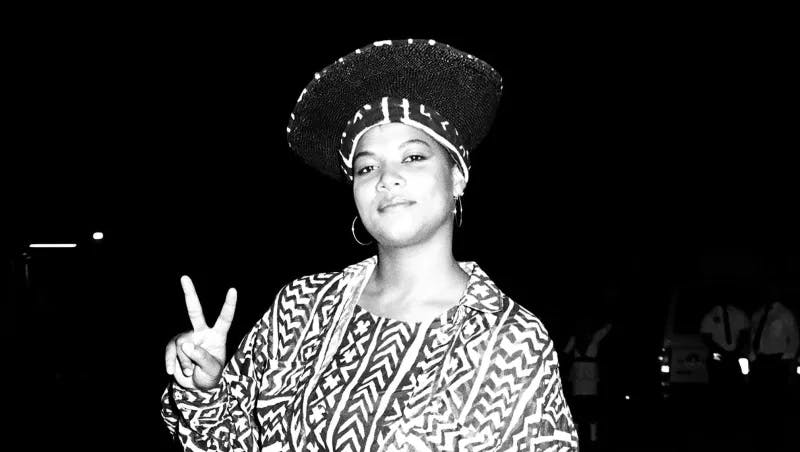

"Ladies First" became Queen Latifah's most popular video on MTV and the song that broke her big. It also served as a launching pad for Monie Love, who would drop her own debut album in 1990.
"Mark, my producer, told me that David Bowie had heard my stuff, liked it, and wanted me to do something with him," she told INTERVIEW in 1990. "I sang over some of Bowie’s parts and did some 24-bar-rap."

